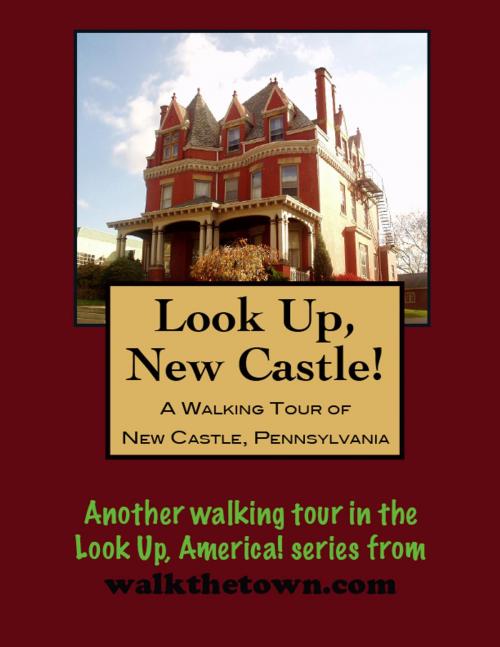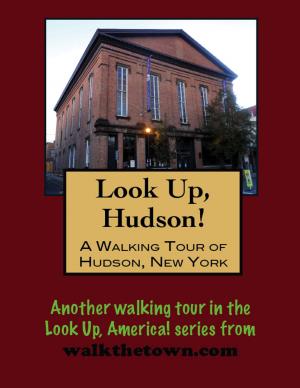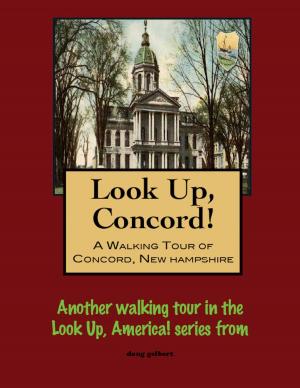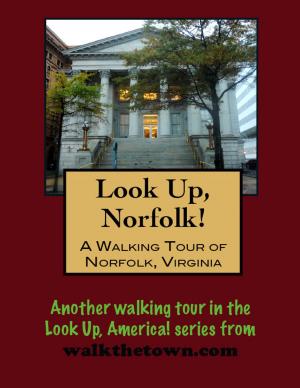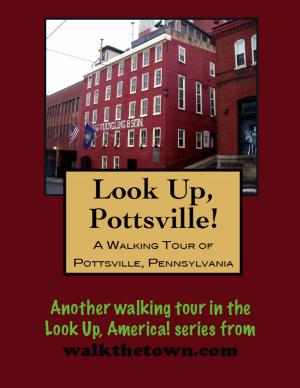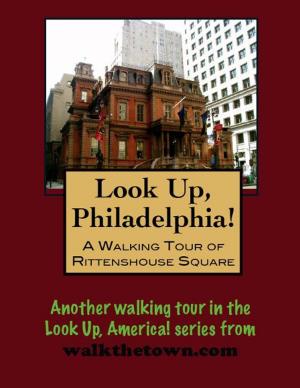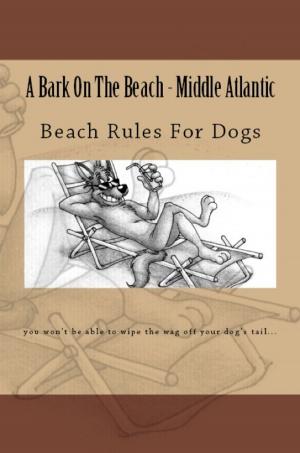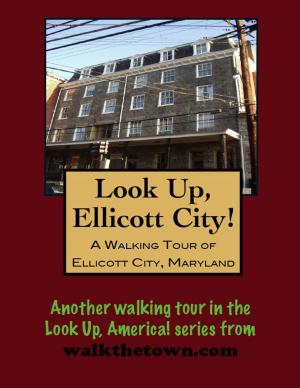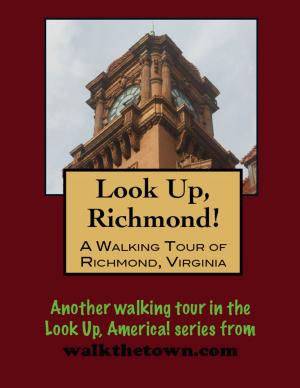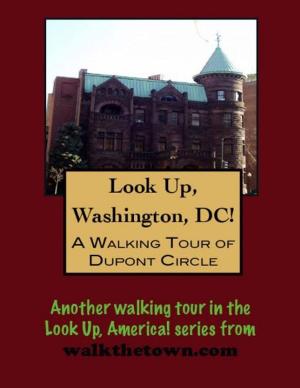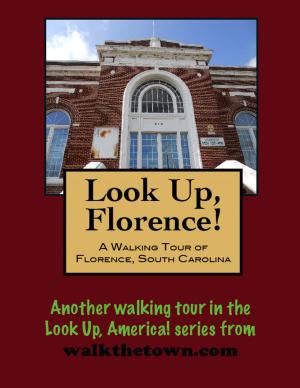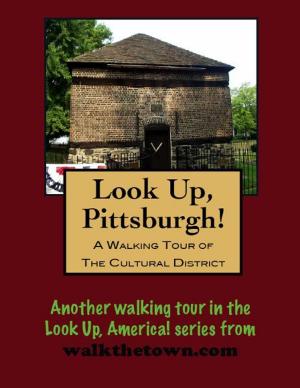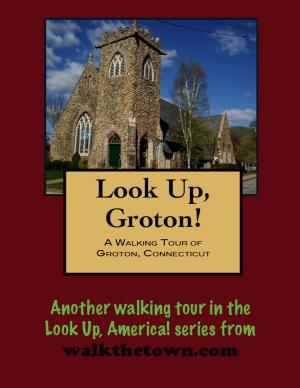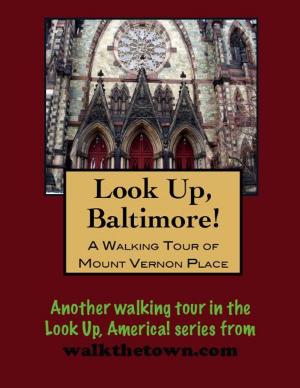| Author: | Doug Gelbert | ISBN: | 9781458149923 |
| Publisher: | Doug Gelbert | Publication: | February 10, 2011 |
| Imprint: | Smashwords Edition | Language: | English |
| Author: | Doug Gelbert |
| ISBN: | 9781458149923 |
| Publisher: | Doug Gelbert |
| Publication: | February 10, 2011 |
| Imprint: | Smashwords Edition |
| Language: | English |
There is no better way to see America than on foot. And there is no better way to appreciate what you are looking at than with a walking tour. Whether you are preparing for a road trip or just out to look at your own town in a new way, a downloadable walking tour is ready to explore when you are.
Each walking tour describes historical and architectural landmarks and provides pictures to help out when those pesky street addresses are missing. Every tour also includes a quick primer on identifying architectural styles seen on American streets.
In 1798, John Carlysle Stewart, a civil engineer, traveled to western Pennsylvania to resurvey the “donation lands” granted by the government to revolutionary war veterans. In the course of performing his task, he discovered that the original survey forgot to stake out 50 acres at the confluence of the Shenango River and Neshannock Creek. Stewart claimed it for himself.
Stewart laid out the town of New Castle, named for his hometown in Delaware, in April of 1798; the town became a became a borough in 1825, having a population of about 300. Business began to flourish with the construction of the canal system which made its way through the city. Numerous manufacturing plants located in New Castle because of the availability of transportation facilities and ready access to raw material markets. The canal system was later supplemented and then replaced by the railroad system which offered greater speed and capacity for freight as well as year round service.
In the 1870s, the city became a major hub of the Pittsburgh and Lake Erie Railroad and by 1900 was one of the fastest growing cities in the country as it became the tin plate capital of the world - the population swelled from 11,600 in 1890 to 28,339 in 1900, and to 38,280 in 1910, as immigrants flocked to the city to work in the mills. Steel and paper mills, foundries, a bronze bushing factory, and car-construction plants contributed to the economy. In addition, the Shenango China produced commercial china and created fine china for the White House, including dinnerware for Presidents Dwight D. Eisenhower and Lyndon B. Johnson.
New Castle has been known for decades as the Fireworks Capital of America; it is home to Zambelli Fireworks, the largest manufacturer and exhibitor of fireworks today. Our walking tour will begin at Zambelli Plaza that has been designed to be a focal point of downtown New Castle where the two major roads of East Washington and Mill streets join and a fireworks sculpture illuminates the night...
There is no better way to see America than on foot. And there is no better way to appreciate what you are looking at than with a walking tour. Whether you are preparing for a road trip or just out to look at your own town in a new way, a downloadable walking tour is ready to explore when you are.
Each walking tour describes historical and architectural landmarks and provides pictures to help out when those pesky street addresses are missing. Every tour also includes a quick primer on identifying architectural styles seen on American streets.
In 1798, John Carlysle Stewart, a civil engineer, traveled to western Pennsylvania to resurvey the “donation lands” granted by the government to revolutionary war veterans. In the course of performing his task, he discovered that the original survey forgot to stake out 50 acres at the confluence of the Shenango River and Neshannock Creek. Stewart claimed it for himself.
Stewart laid out the town of New Castle, named for his hometown in Delaware, in April of 1798; the town became a became a borough in 1825, having a population of about 300. Business began to flourish with the construction of the canal system which made its way through the city. Numerous manufacturing plants located in New Castle because of the availability of transportation facilities and ready access to raw material markets. The canal system was later supplemented and then replaced by the railroad system which offered greater speed and capacity for freight as well as year round service.
In the 1870s, the city became a major hub of the Pittsburgh and Lake Erie Railroad and by 1900 was one of the fastest growing cities in the country as it became the tin plate capital of the world - the population swelled from 11,600 in 1890 to 28,339 in 1900, and to 38,280 in 1910, as immigrants flocked to the city to work in the mills. Steel and paper mills, foundries, a bronze bushing factory, and car-construction plants contributed to the economy. In addition, the Shenango China produced commercial china and created fine china for the White House, including dinnerware for Presidents Dwight D. Eisenhower and Lyndon B. Johnson.
New Castle has been known for decades as the Fireworks Capital of America; it is home to Zambelli Fireworks, the largest manufacturer and exhibitor of fireworks today. Our walking tour will begin at Zambelli Plaza that has been designed to be a focal point of downtown New Castle where the two major roads of East Washington and Mill streets join and a fireworks sculpture illuminates the night...
